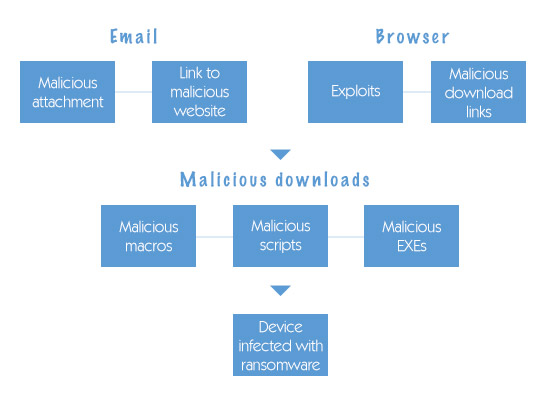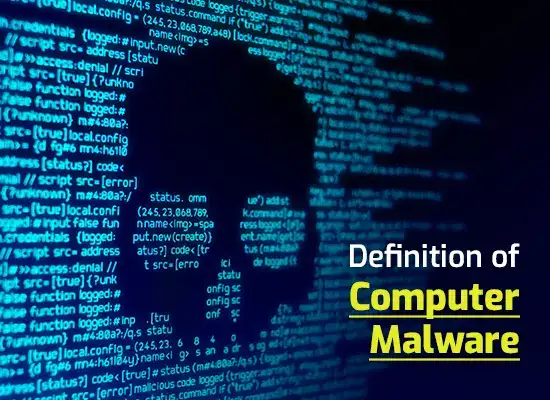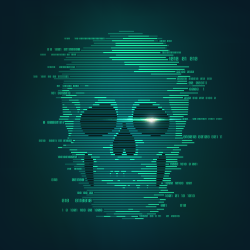HOW DOES MALWARE FILE ANALYSIS HELP?
n a typical organization sans malware file analysis, an attack from malicious software isn’t going to go unnoticed. Identification of a malware attack may come through one or more technologies. For example, malware file analysis, antivirus software, and intrusion detection systems. Also, it might originate from systems compliance monitoring. Unfortunately, the detection of the attack is no longer adequate. Malware file analysis won’t identify the full hazard presented by malware. Often, the malware file analysis happens after the host has been undermined.

As malware develops and grows more complex, it is using self-defense components. Such components are rootkit technologies. It conceals processes from the kernel and impairs malware file analysis. Others are blocking access to security vendor websites and operating system update information. Faced with these dangers, a host’s integrity can be compromised. A vital piece of the incident response process is to figure out what is the activity of the malicious code. Whether any information may have been compromised and to where it might have been sent.
Malware File Analysis: The Need For Investigation
The best way to figure out what a piece of malicious software is doing is to examine it. You need an online malware analysis. The malware file analysis industry has specialists. Specialists use malware analysis tools a key piece of an organization. Before, this malware file analysis is enough, because the motivating element behind viruses was popular.
Along these lines, viruses were written by single people. They were intended to infect as many machines as possible. As a result, when an analyst was made mindful of a risk, they could dissect it through malware file analysis. After, they create signatures which could be pushed out by the anti-virus vendor. This will secure everybody in the same fashion as they had been infected.
Furthermore, the malware was generally not very complex in part. The creators didn’t have the resources expected to make very complicated programs. This relative simplicity meant that an infected host could be cleaned via malware file analysis. Through malware file analysis, there could be a high possibility of success. While there were some devastating infections, they were not normal.
Malware File Analysis: Malware As A Business
Today, making and overseeing malicious software is a strong business model for cybercriminals. It is part of a hearty underground economy. Since it’s a business item, malware today has unexpected objectives. To meet these new objectives, the complexity of the code has increased.
Moreover, we see the delivery pattern of malware change. It addresses the issues of the customers being served by the malware business. The malware file analysis in the past is no longer adequate. The business of malware file analysis extends and resources are added. It is expected to rival the business of malware creation and distribution. Issues emerge as a result of the fact that there are no gauges for malware file analysis management.
An organization can become aware that a host on their network has been undermined by malware. It is necessary to become familiar with what the malware does. Also, know how to expel it from the infected host. Often, a similar piece of malicious software will have various names. Each vendor picks their own way to identify it.
You can gain all the majority of the highlights and advantages of Xcitium Forensic Analysis tool. This is part of Xcitium’s pledge to create trust online. Xcitium Forensic Analysis Tool gives you visibility into the dangers against the endpoints. Endpoints hold your most significant resources. It is evaluated that traditional antivirus software can only catch 40% of all malware in the world. The other 60% is unknown. There is the backing of Xcitium’s Valkyrie cloud-based engine. Xcitium Forensic Analysis Tool detects every single unknown file.
Run the Xcitium Forensic Analysis Tool. Choose the particular scan targets that best meet your organization’s network setup.
The easy-to-use Scan Wizard gives you a choice to choose one of the following scan targets:
- Active Directory: Appropriate for a professional workplace where many endpoints should be checked.
- Workgroup: Enables you to add PCs that belong to a workgroup.
- Network Address: State target endpoints by hostname, IP address or IP range.
- This Computer: Enables you to run a scan on your local gadget.
Valkyrie analysis platform will discover decisions for both known and unknown files. Your outcomes will be shown in the Xcitium Forensic Analysis Tool interface. Scan results are listed for every PC by name with their detected files. Each row has a quick synopsis of the scan results. It includes total files scanned and how many were malicious or unknown. Administrators can see the contaminated files and malicious files. Also, the files that are in an examination and unknown files. All these are seen in the Xcitium Forensic Analysis Tool interface.
One out of every three devices checked with the Xcitium Forensic Analysis Tool result in malware. Be 100% certain that yours isn’t one of them. Begin with a malware discovery at https://enterprise.Xcitium.com/freeforensicanalysis/
Related Resources





